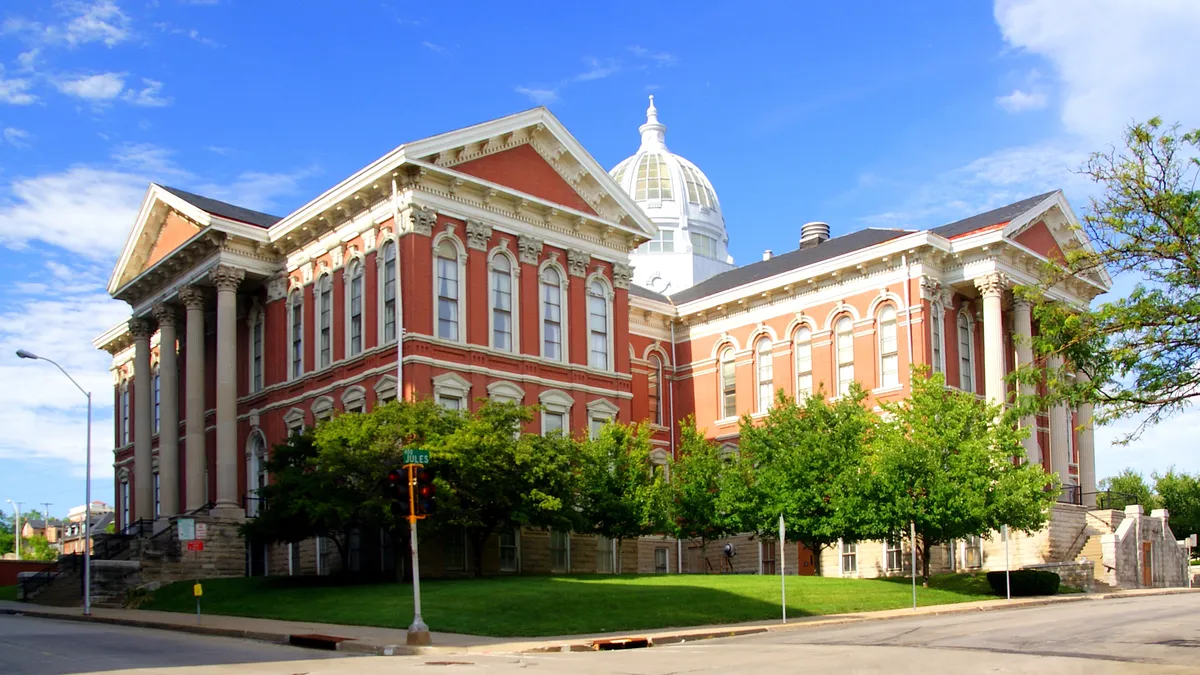Local governments are facing a complex and challenging environment in the aftermath of the pandemic. Significant changes have occurred in people's preferences for where they live, work and spend money, and many municipalities are struggling to adapt their infrastructure and services to match. Meanwhile, there is widespread concern about the potential fiscal impact of the post-ARPA era.
Fortunately, the substantial federal funding currently available for public infrastructure and capital improvements represents major potential for state and local governments. This funding gives community leaders the opportunity to make long-term investments that will stimulate economic recovery, modernize public capital and promote community growth, equity and resilience. To make the most of these resources, community leaders should focus investment in three key areas: economic development, public facility modernization and water systems.
Reaping the long-term rewards of economic development investments
State and local governments can tend to view federal funds as a quick fix for budget shortfalls or urgent issues. However, community leaders must shift towards a more forward-thinking approach. For example, capital improvements generate longer-term economic growth and increases community appeal. Seize the opportunity to use federal funding and grants to modernize community infrastructure, in turn creating a foundation for sustained economic development and new revenue generation.
Here are four steps to get started:
- Identify capital improvement areas that boost economic development including projects like downtown revitalization, tourism and technology zones.
- Modernize your infrastructure with updates focused on deferred maintenance, critical capital improvements, sustainability and resiliency.
- Fund your project with captured energy and operations savings and by identifying applicable federal, state and regional grant funding.
- Amplify infrastructure investments that generate additional revenue and reinvest it back into public services.
Give special attention to projects that promote sustainability, community resilience, or advance digital and physical infrastructure to meet population growth. The Charging and Fueling Infrastructure (CFI) Discretionary Grant Program, which offers $1.25 billion over five years for public EV charging deployment, is a great place to start. Community leaders can use this grant to create revenue by installing EV charging stations in public areas, increasing much needed access and your community’s reputation for providing modern amenities.
Make targeted capital investments into historic buildings
Transforming a community's historic buildings to meet modern building codes and functional requirements, while also preserving their architectural aesthetics and historical significance, is a challenge for many municipalities. But don't let the challenge of historic preservation discourage you — instead, pursue it and reap the rewards. With modern techniques, achieving this delicate balance is both possible and lucrative. City halls, courthouses and other landmark buildings allow communities to showcase their character to citizens, visitors and potential new residents. Plus, preserving this character while also saving money through improved functionality and reduced utility costs is a major benefit.
Between energy efficiency improvements, building envelope repairs and building automation, many communities see around a 30-40% reduction in annual utility costs after modernizing historic buildings. That’s why performance contracting is an excellent funding avenue for this type of capital improvement project. Performance contracting allows public entities to reinvest their energy and operational savings to make capital improvements over longer payback periods.
Hear from the City of St. Joseph, MO on how they used an energy savings performance contract (ESPC) to modernize and preserve their historic architecture, resulting in savings of almost half a million dollars:
Water system investments prevent problems, save money
The American Society of Civil Engineers' 2021 Report Card for America's Infrastructure reveals that inadequate water systems are severely affecting the US. With wastewater at a D+, drinking water at a C and stormwater infrastructure at a poor D rating, it's clear that there's a crisis. We’re seeing it in the headlines as more communities across the country experience water system failures. Meanwhile, implementation and maintenance of these systems in suburban areas are struggling to keep pace with population growth. Additionally, climate change-induced natural disasters are increasing, testing the limits of an already struggling system and leading to significant consequences.
With over $2 billion in new federal funding available to improve water infrastructure, public water entities should take this opportunity to get ahead of the curve. It's a pressing need, but one that also represents clear financial benefit to communities who can meet it. More than just avoiding catastrophic and costly system failures, community leaders can create jobs, increase revenue and significantly lower (or eliminate) operating costs.
For example, new water treatment technologies deliver impressive energy savings, especially when their operations are coupled with onsite clean energy. Replacing aging meters with Smart Meters also allows local governments to measure and bill more accurately, plus find and respond to leaks more quickly. Hear from the City of Raymondville, Texas where they were able to recoup nearly 20% in lost revenue from improved water metering:
Meet today’s operational demands while making advances for the future
Community leaders are tackling new challenges to ensure public infrastructure promotes economic success and community impact. With careful consideration of available federal funding, state and local governments have a prime opportunity to develop a modern infrastructure that will support growth for the next 10 years.
Learn more about how municipalities of all sizes can implement sustainable, resilient upgrades in the eBook, Built to Last: A Sustainable Infrastructure Primer for Local Governments.










